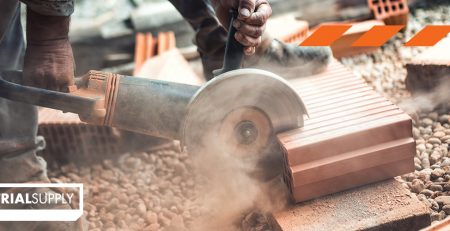Digital Trends in Manufacturing
There are many challenges manufacturers face in order to stay several steps ahead of the competition. Nowadays, consumers expect nothing less than quality products, quick production, and consistent delivery. In their continuous efforts to meet these consumer demands, manufacturers are finding that technology is an important tool for expanding service offerings. Clearly, technology is the driving force behind 2018 manufacturing trends. These trends include Industry 4.0, Internet of Things (IoT), and collaborative robot technology.
Industry 4.0 is the term given to the merging of automation and data exchange technology with manufacturing industry practices. Many even describe it as the fourth Industrial Revolution. Industry 4.0 looks at new ways of human-machine interaction, the advancement of robotics, automation, and increased connectivity on the jobsite. At the heart of Industry 4.0 is the smart factory, which will ultimately deliver huge cost savings and increase quality. Simply put, Industry 4.0 gives manufacturers the ability to gather, analyze, and react quickly to extensive collections of data. As factories become more automated, this frees up workers for more valuable tasks, paving the way for a more productive workday.
As more devices are being built with Wi-Fi capabilities, manufacturing companies will rely more on Internet of Things (IoT) technology to increase efficiency throughout their worksite. Manufacturers are digitizing their processes, and doing so will create more growth in their business. Increased connectivity will not only streamline inventory management, it will accelerate response time and strengthen the just-in-time (JIT) manufacturing process, resulting in higher customer satisfaction. Connected devices brings a wealth of data, and more data brings increased efficiency and improved quality of goods.
Advancements have also been made in robotics. Collaborative robots, or cobots, work alongside humans to produce a better end result at a faster rate. In the manufacturing environment, cobots are great for completing tasks that are physically taxing or involve repetitive motions. This allows the worker to still have some involvement and react as needed. Cobots are safe, affordable, and adaptable, making them appealing to many manufacturers.
It is important for manufacturers to embrace the smart, digital solutions that will continue to help the industry grow. Businesses everywhere are embracing this surge in technology, and the manufacturing industry is already seeing such great progress this year. Ruben Mendez, VP of Sales and Customer Service at Industrial Supply says, “Manufacturing companies continue to look for cost saving opportunities to make sure they remain profitable even as we see an increase in manufacturing production as the economy improves.” Thanks to recent advancements in technology, manufacturers are able to achieve results that were not even possible 10 years ago. The benefits of these technological trends are clearly making waves, which is why we’ll continue to see them accelerate the industry this year.
This post sponsored by:










![[image for blog with various sized cnc metal cutting tools ]](https://indsupply.com/wp-content/uploads/2017/01/ISC_BLOG_cuttingtools-1-450x231.jpg)



